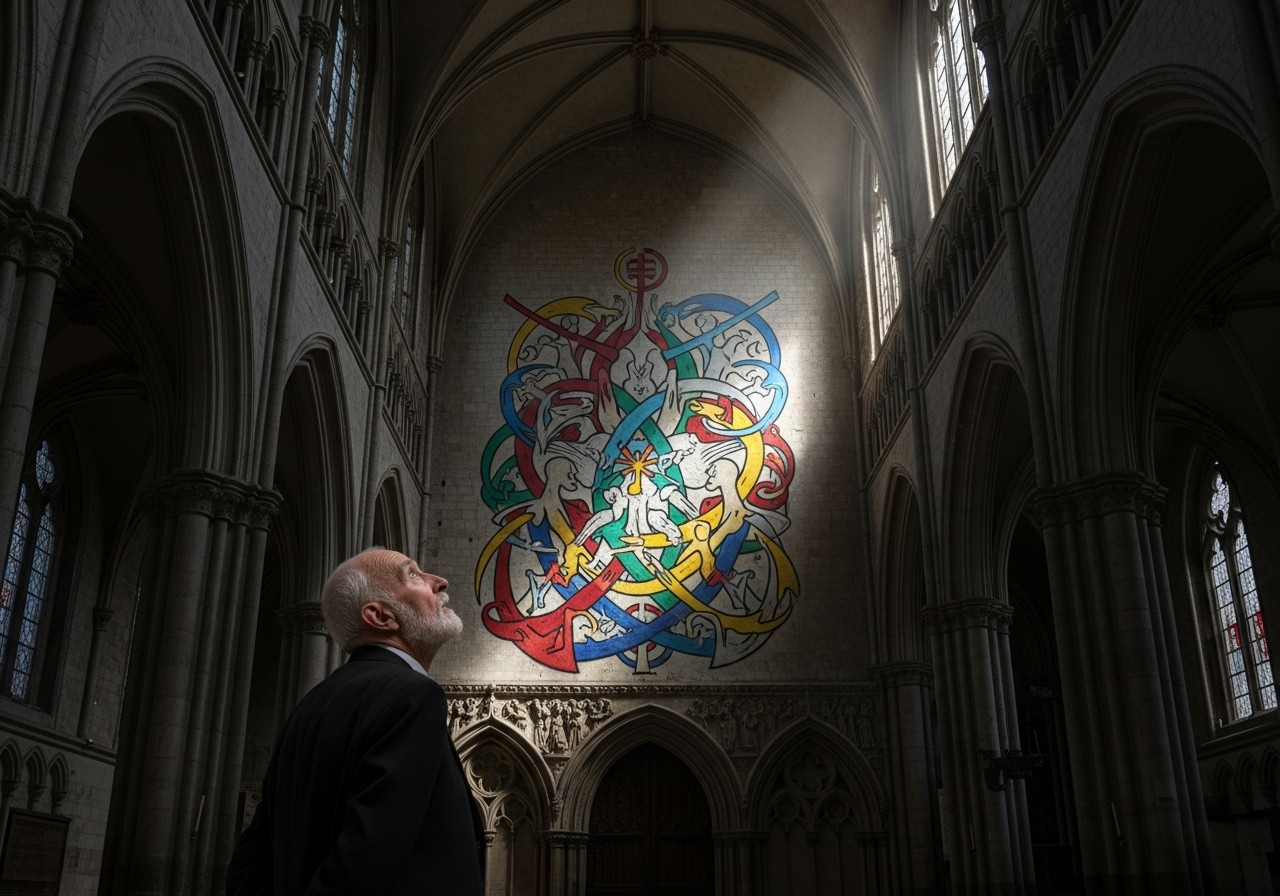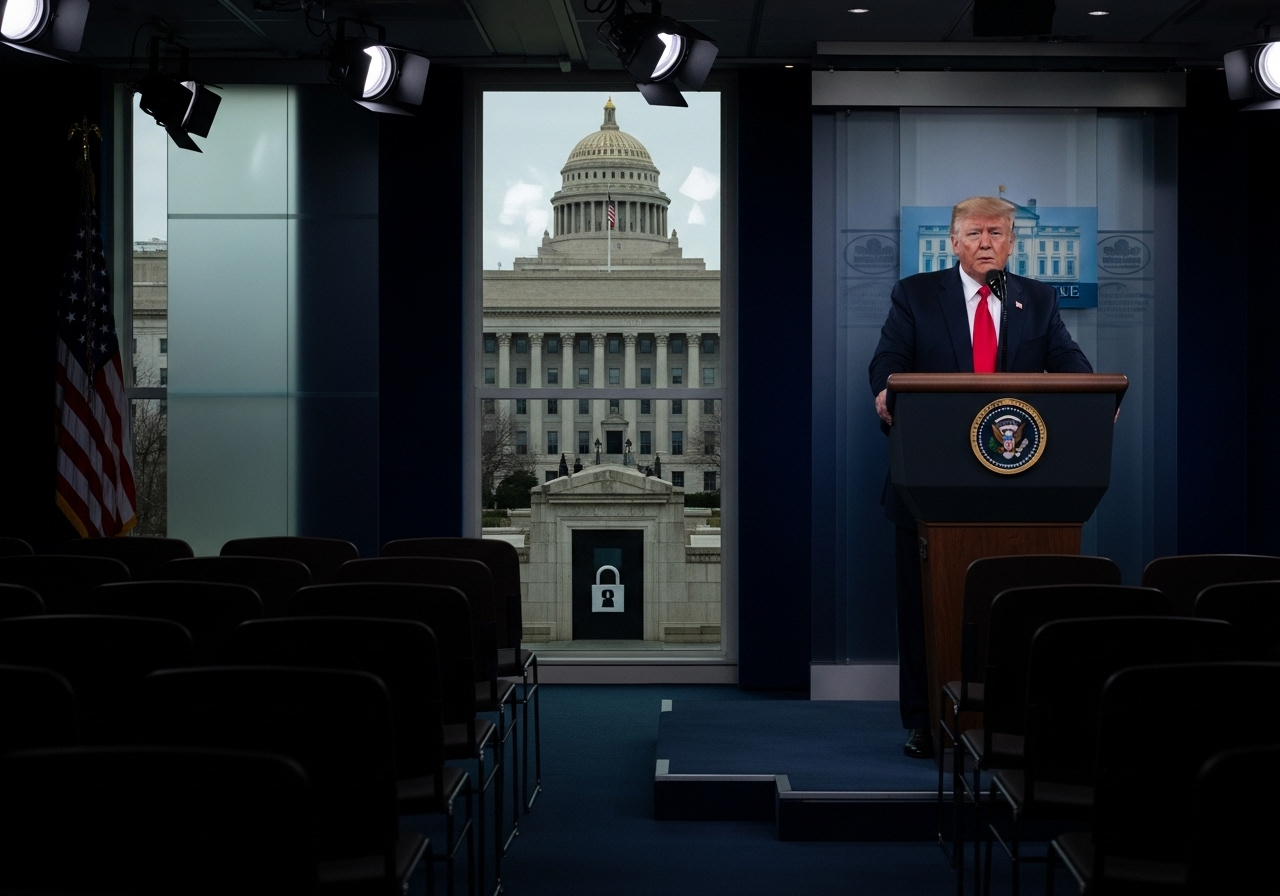A recent art display inside Canterbury Cathedral in England has caused strong reactions from people across the political spectrum. The Church of England allowed graffiti-style artwork to be placed on the walls of the historic cathedral as part of a temporary exhibit. The goal, according to the church, was to give a voice to “marginalized communities” and help visitors explore spiritual questions often left unspoken.
The cathedral, one of the oldest and most important religious sites in the United Kingdom, was founded in 579 A.D. It has stood as a symbol of Christian faith and English heritage for over 1,400 years. Many people see it as sacred space, not only for religious reasons, but also because of its long history.
The new art exhibit features colorful drawings and words that ask questions like “Are you there?” and “God, what happens when we die?” The church says these are “everyday theological questions” that reflect what many people wonder about but may not feel comfortable asking openly. Church leaders argue that including voices that have often been ignored is part of their mission to be more inclusive.
But not everyone agrees with this approach. Critics say the graffiti disrespects the cathedral’s beauty and historical importance. One visitor compared the artwork to something seen in a parking garage, calling it “sacrilegious.” Others said it looked more like vandalism than art.
Senator J.D. Vance of Ohio was among those who spoke out. He wrote on social media that it was “weird” to honor the marginalized by making a beautiful building look ugly. Another user called the project “cultural vandalism” and said it was an insult both to history and to the very people it claimed to honor.
These strong reactions raise a deeper question. When leaders in major institutions, like the Church of England, try to help the marginalized, do they truly respect them? Or are they using these efforts to promote a political agenda?
This debate touches on bigger issues that also affect the United States. In recent years, many American institutions—schools, museums, and even churches—have launched similar programs meant to increase diversity and inclusion. Some see these efforts as a way to correct past wrongs. Others argue that they often backfire by tearing down important traditions or lowering standards, all in the name of social justice.
The case at Canterbury Cathedral shows how these efforts can go wrong. By allowing graffiti-style artwork inside a sacred space, the church claimed to be giving a voice to the unheard. But the result was not a deeper connection to faith or history. Instead, it created division and anger. Some felt the church was showing more concern for trendy political ideas than for the long-standing values of the Christian faith.
This is not just about art or religion. It is also about how we treat people. When leaders assume that marginalized communities can only express themselves through chaotic or provocative means, they may be doing more harm than good. It sends a message that these communities are not capable of engaging with tradition or beauty in meaningful ways.
Respecting individuals means holding them to the same standards as everyone else. It means believing they are capable of serious thought, deep faith, and responsible behavior. Lowering expectations or using shock value in their name does not lift them up. It simply reinforces the idea that they are different and need special treatment.
In the end, the Canterbury Cathedral exhibit may be temporary. But it reveals a lasting problem in how many institutions treat culture, history, and the people they claim to serve. Whether in Britain or the United States, efforts to include more voices should not come at the cost of tradition or truth. Real respect means expecting the best from everyone, not settling for less in the name of progress.





